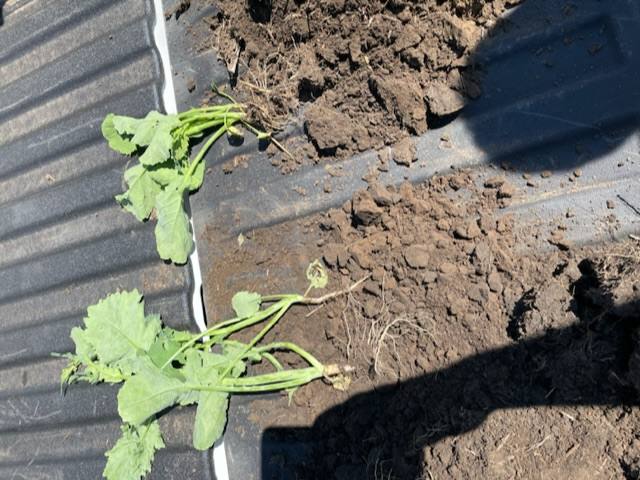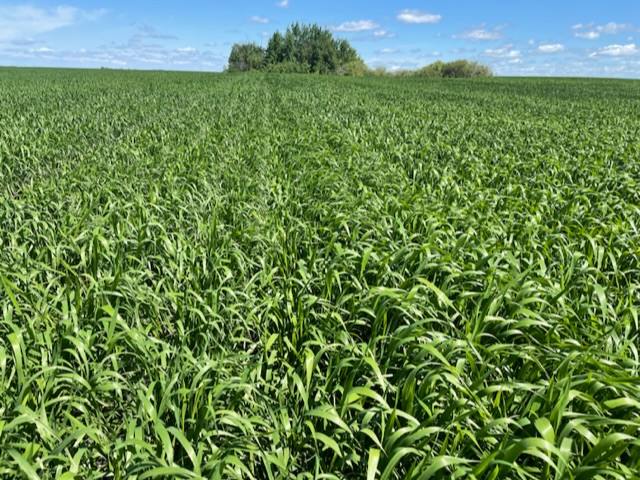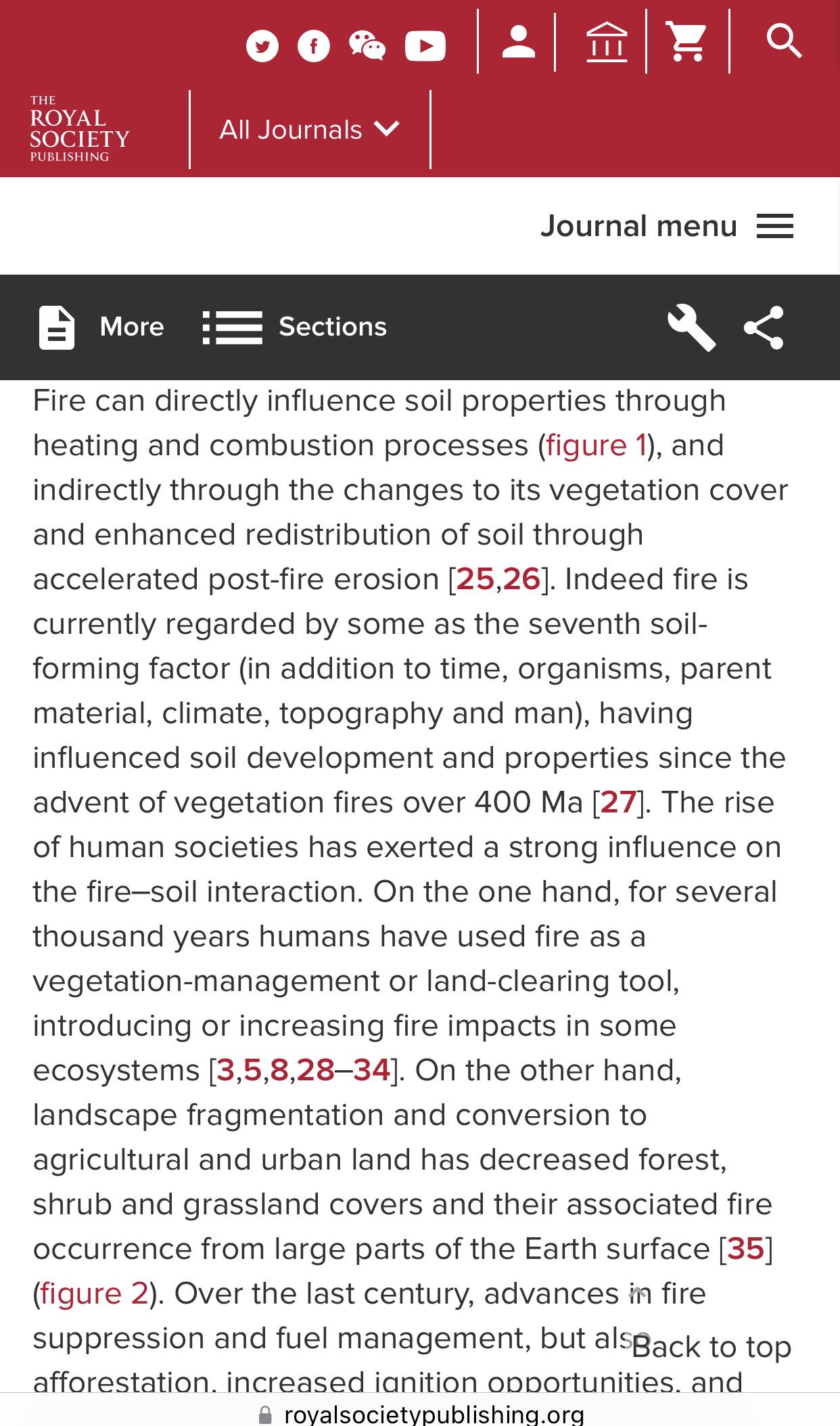https://www.topcropmanager.com/grassland-developed-soils/
Factors affecting soil formation
Western Canadian soils have formed and developed over the past 10,000 years as a result of the interaction of six major factors: climate, vegetation, parent material, topography, drainage and time. The relative influence of each factor varies, and the interaction of these factors determined the type of soil that developed at the local level.
Climate, specifically temperature and precipitation level, has strongly influenced the types of native vegetation that survived and flourished over the past 10,000 years. For example, the climate of Brown soil zone is typically relatively warm, with higher evapotranspiration and lower precipitation resulting in short, drought tolerant prairie grasses being the dominant native vegetation. The Black soil zone is relatively cooler with lower evapotranspiration and higher precipitation, resulting in lusher fescue native grass vegetation.
Advertisement
The type of vegetation strongly influenced soil development including the types and amounts organic matter added to the soil, which in turn influenced soil colour. Typically, the darker the soil colour, the higher the amount of soil organic matter.
Parent material refers to the various types of geological deposits which determined the minerals on which soil formed, and determined characteristics such as soil texture, soil nutrient levels and water holding capacity. For example, lacustrine parent material was deposited in glacial lakebeds. The deposited material tended to be fine textured clay and topography tended to be relatively flat to undulating and mostly stone free. This is in contrast to glacial till material with variable soil texture, gently rolling to hummocky topography and often with moderate level of stones.
Topography and slope position strongly influenced soil development. For example, soil development was minimal on the tops of a knolls versus lower slope positions. On the top knolls, water infiltration is limited and water runoff is greater versus lower slope positions with greater water infiltration and limited water runoff. Variation in stored soil moisture influenced the amount of vegetation growth, soil development, and organic matter addition to soil.
Surface drainage and internal drainage influenced soil moisture, which in turn influenced vegetation types and amount of growth and soil development.
The processes of soil development in Western Canada have taken place slowly over time during the past 10,000 years. In the past 150 years, human influence has become a seventh additional factor that continues to influence subtle to significant changes to soil. For example, the wheat-fallow system commonly used between 1920 and 1970 resulted in a significant decline in soil organic matter and contributed to extensive wind and water erosion of soil. However, in the past 30 years, the shift to continuous cropping, direct seeding and diverse crop rotations have had a profound improvement on soil quality.
Factors affecting soil formation
Western Canadian soils have formed and developed over the past 10,000 years as a result of the interaction of six major factors: climate, vegetation, parent material, topography, drainage and time. The relative influence of each factor varies, and the interaction of these factors determined the type of soil that developed at the local level.
Climate, specifically temperature and precipitation level, has strongly influenced the types of native vegetation that survived and flourished over the past 10,000 years. For example, the climate of Brown soil zone is typically relatively warm, with higher evapotranspiration and lower precipitation resulting in short, drought tolerant prairie grasses being the dominant native vegetation. The Black soil zone is relatively cooler with lower evapotranspiration and higher precipitation, resulting in lusher fescue native grass vegetation.
Advertisement
The type of vegetation strongly influenced soil development including the types and amounts organic matter added to the soil, which in turn influenced soil colour. Typically, the darker the soil colour, the higher the amount of soil organic matter.
Parent material refers to the various types of geological deposits which determined the minerals on which soil formed, and determined characteristics such as soil texture, soil nutrient levels and water holding capacity. For example, lacustrine parent material was deposited in glacial lakebeds. The deposited material tended to be fine textured clay and topography tended to be relatively flat to undulating and mostly stone free. This is in contrast to glacial till material with variable soil texture, gently rolling to hummocky topography and often with moderate level of stones.
Topography and slope position strongly influenced soil development. For example, soil development was minimal on the tops of a knolls versus lower slope positions. On the top knolls, water infiltration is limited and water runoff is greater versus lower slope positions with greater water infiltration and limited water runoff. Variation in stored soil moisture influenced the amount of vegetation growth, soil development, and organic matter addition to soil.
Surface drainage and internal drainage influenced soil moisture, which in turn influenced vegetation types and amount of growth and soil development.
The processes of soil development in Western Canada have taken place slowly over time during the past 10,000 years. In the past 150 years, human influence has become a seventh additional factor that continues to influence subtle to significant changes to soil. For example, the wheat-fallow system commonly used between 1920 and 1970 resulted in a significant decline in soil organic matter and contributed to extensive wind and water erosion of soil. However, in the past 30 years, the shift to continuous cropping, direct seeding and diverse crop rotations have had a profound improvement on soil quality.






Comment